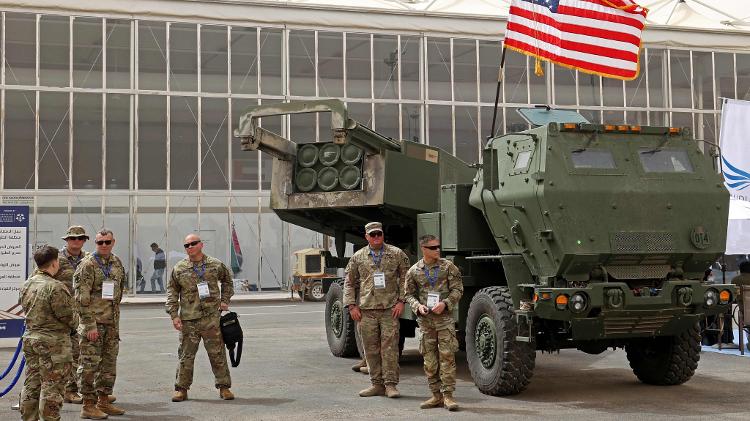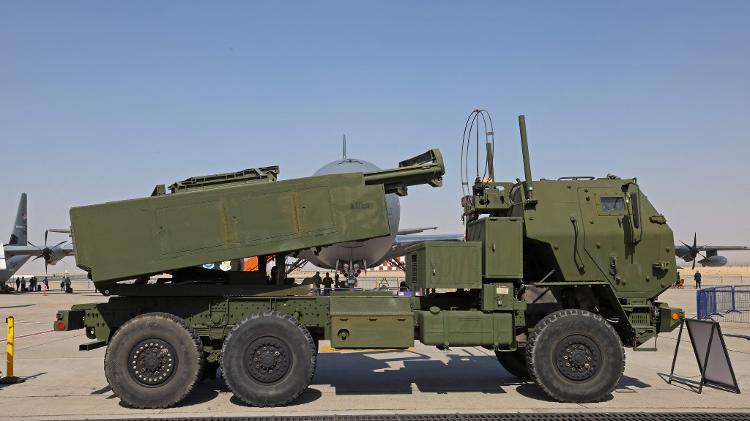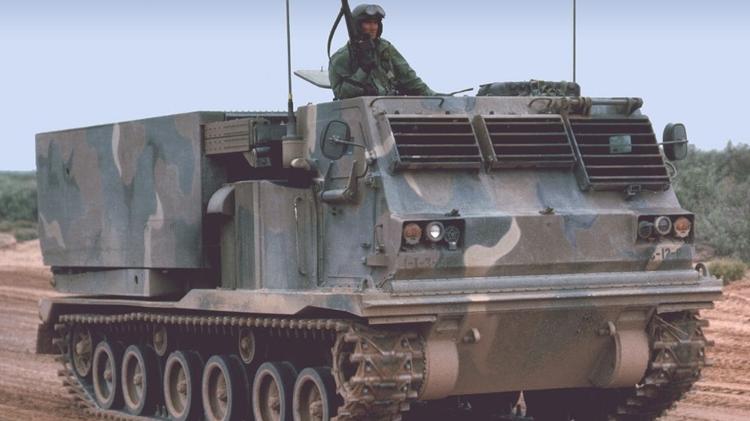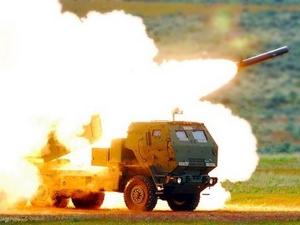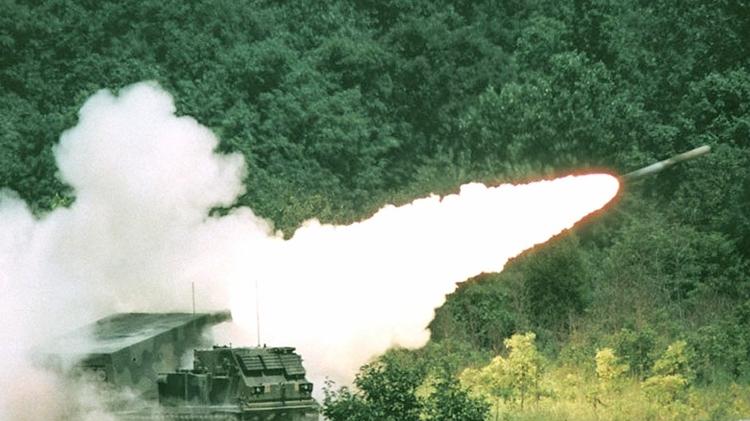For the Putin administration, which accuses the United States of “fuelling a fire” and says new military aid “increases risks”, sending advanced American weapons, including a multi-barrel rocket system, to Ukraine may be the limit. The harbinger of the military conflict between Russia and the USA.
US President Joe Biden has confirmed that he will ship the systems to Ukraine. Himarlar (High Mobility Rocket Artillery System), more specifically the M142, which allows multiple rocket launches from a distance of 80 kilometers.
“We believe that the United States deliberately added fuel to the fire (…) Deliveries [de armas] “Do not encourage the Ukrainian authorities to continue peace talks while Russia tightens its control over the separatist Lugansk region,” said Dmitry Peskov, spokesman for the Russian presidency.
Peace talks between Kyiv and Moscow have stalled since late March, when Russia announced it would withdraw its troops from the outskirts of Kiev and would focus on the Donbass region of eastern Ukraine.
In an article in the New York Times on Tuesday night, Biden confirmed that he had decided to “provide the Ukrainians with more advanced missile and ammunition systems that will enable them to more accurately hit key targets on the battlefield in Ukraine.” “We do not encourage or allow Ukraine to attack beyond its borders. We do not want to prolong the war just to inflict pain on Russia,” he wrote.
On Monday, he had already stated that the United States would not send “missile systems that could hit Russia” to Ukraine. However, if positioned close enough to the border, such launchers can reach the territory of the neighboring country.
Government sources in Washington said the Ukrainians had assured the Americans that they would not launch missiles on Russian soil.
While not long-range systems like Russia’s intercontinental or hypersonic systems, Himars provide a significant boost to Ukraine’s capabilities.
In early May, Ukraine had asked the United States to send two types of high-range missile launchers: the M142 Himars and the M270 MLRS.
The United States has already delivered 155mm M777 howitzers that hit targets 40 kilometers away. Such weapons are smaller compared to the two Ukrainian weapons demanded, but are quite destructive, with a margin of error of less than 4 meters to the point of impact.
Deployed on the eastern front of NATO (North Atlantic Treaty Organization) since the beginning of the Russian invasion, the Americans themselves trained the Ukrainian army and conducted a covert operation to transport M777s to Ukraine.
The launchers are part of a new US$700 million security aid package for Ukraine that will include helicopters, Javelin anti-tank weapon systems, tactical vehicles, spare parts, among others.
So why does Ukraine want such weapons?
One explanation is the firepower of these launchers, which can enable missiles to travel 32 to 500 kilometers, depending on the type of projectile used.
Another reason is Ukraine’s reaction to the so-called “new phase of the war”, in which Russia has focused its attention on taking the east of the country, where the separatist Luhansk and Donetsk regions are located.
When Russian troops failed to capture the Ukrainian capital, Kiev, the Kremlin declared that its main aim was to seize the eastern Donbass region. If successful, the attack would have given Putin a victory he could offer the Russian people amid increasing war losses and economic difficulties caused by Western sanctions.
Launchers can be bought on airplanes
Launchers work similarly, lifting part of the body to launch missiles – in a motion similar to a truck bed when dumping sand, for example.
Actually, the M142 Himars looks more like a truck, while the M270 looks more like a tank.
This is due to the type of wheels used in each – in the case of the M270 these are wrapped in mats, while in the other type there is no connection between them.
The two vehicles can accommodate a crew of three without having to leave the cabin during shooting.
To move from one point to another, the M270 is slower and reaches a top speed of 64.3 km/h, while the M142 travels at 85 km/h. This may be related to the weight of the two, which are 24.95 tons and 10.9 tons respectively.
According to manufacturer Lockheed Martin, the two models can be transported on cargo planes, making these vehicles easier to use in combat.
The two launchers have different ammo capacities. The M142 Himars can carry up to six rockets or one missile capable of hitting targets 300 kilometers away. According to the manufacturer, the M270 has 12 guided rockets or four precision attack missiles (travels 500 kilometers) or two ATACMs (Army Tactical Missile System).
Designed in the 70’s and 90’s
The M142 was developed in the 1990s. According to official documents published in 2014, the cost of one unit is US$5.1 million, about R$26.1 million.
The system was first used in combat in Iraq’s Al Anbar province in July 2007. Today it is used in the United Arab Emirates, Jordan, Singapore and Romania, as well as in US operations in Afghanistan and Syria.
The M270 was developed in the late 1970s in a task force made up of the United States, United Kingdom, West Germany, France and Italy. An M270 with more than 1300 units worldwide is estimated to cost around US$2.3 million (R$11.7 million).
The first M270s went into operation in 1982 after being purchased by the US Army. But they took action during the Gulf War in 1991. He has since participated in actions in Afghanistan and Iraq.
The M270 was produced until 2003, but continues to be used by the armies of more than 15 countries, most of which are part of NATO.
(with international organizations)
source: Noticias
